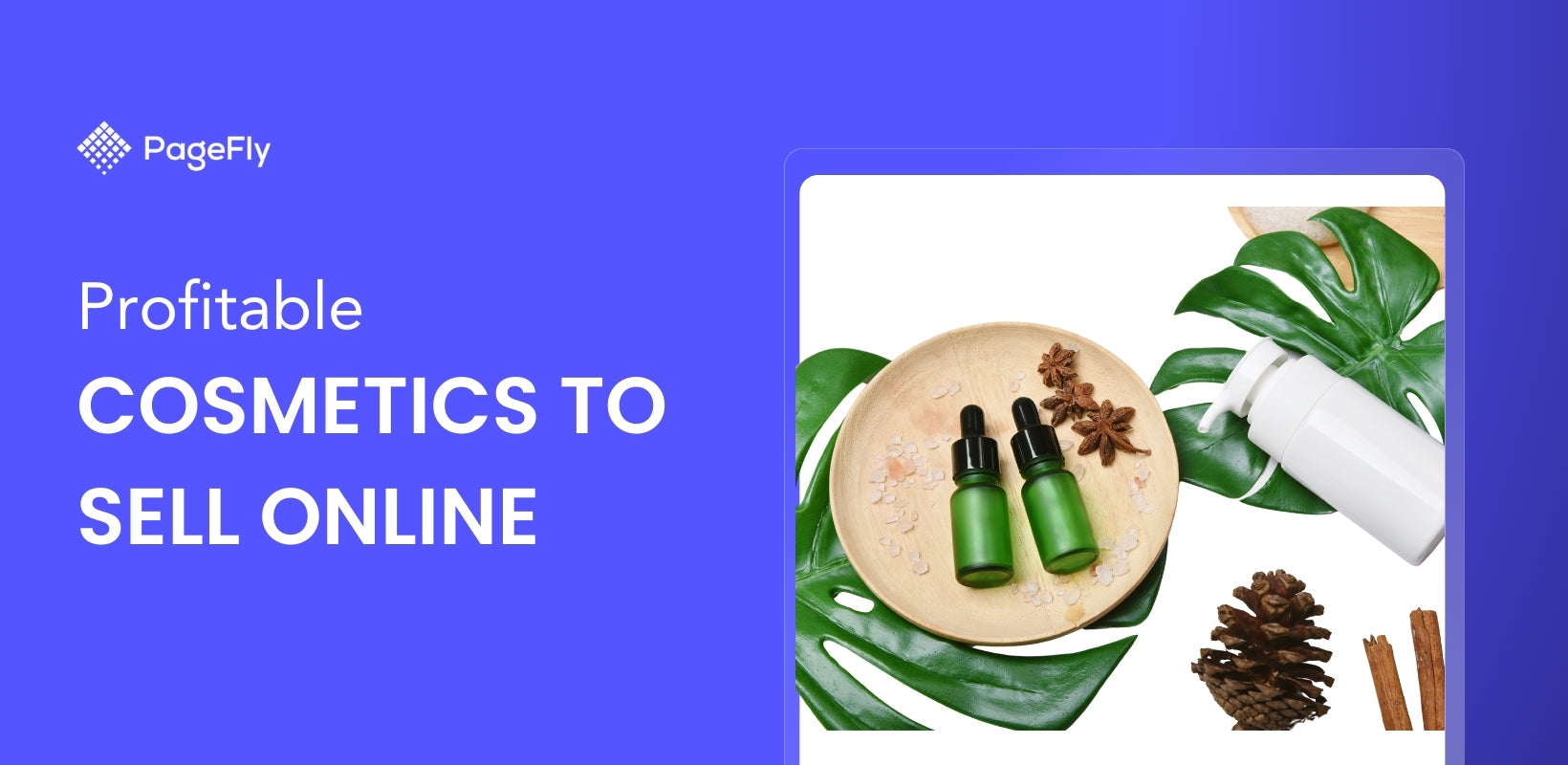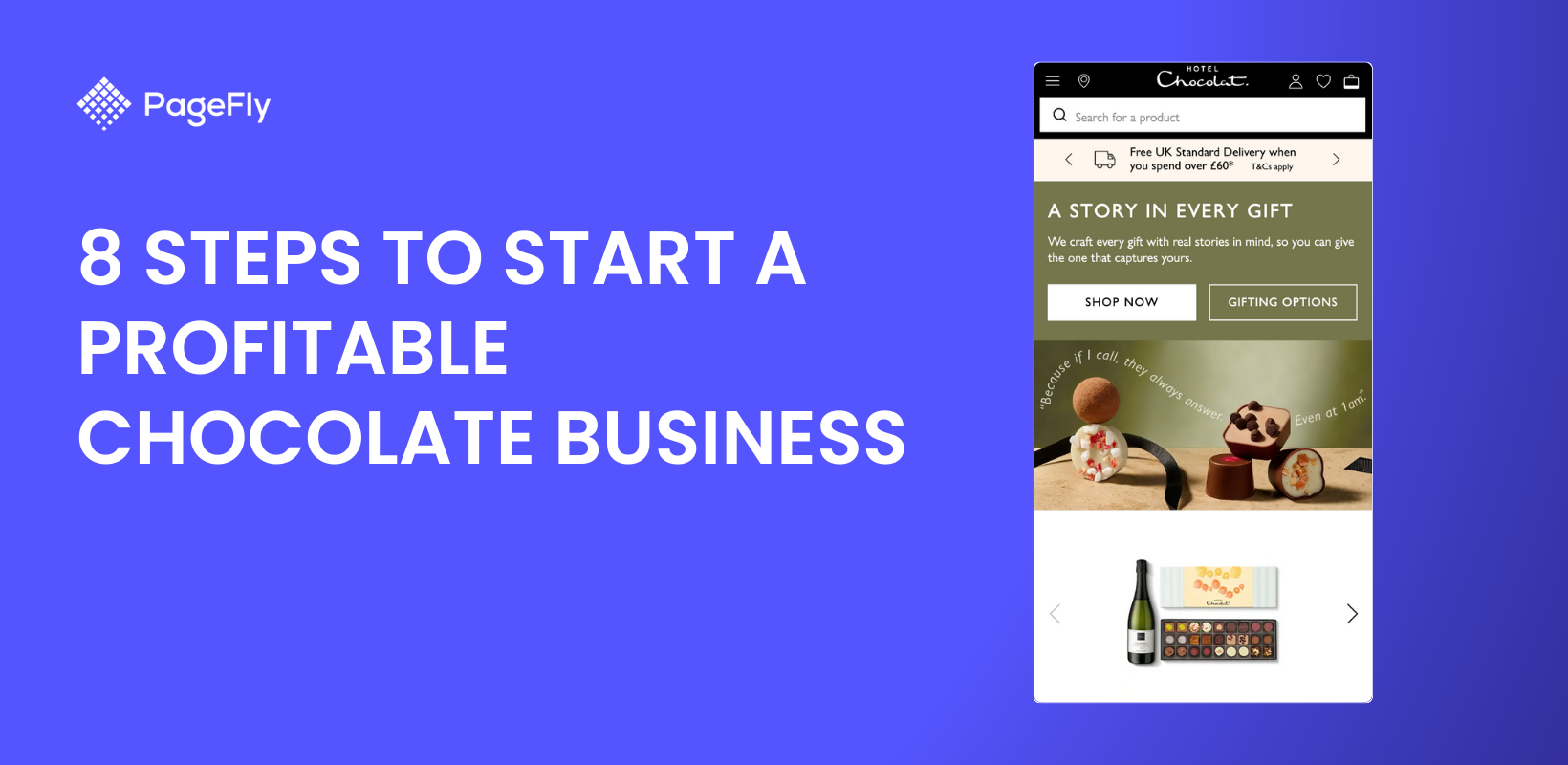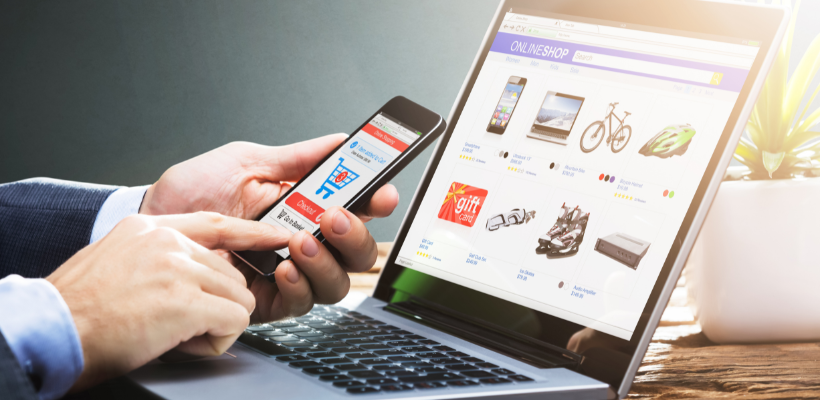D2C businesses or direct-to-consumer businesses, as the name implies, are brands that sell directly to their target customers.
It is a business model that has been in existence for the longest time. But nowadays, direct-to consumer-brands are gaining stronger traction by the help of ecommerce technology. And both small and large brands are following this trend.
Why is that?
In this article, we will be going deeper into the direct-to-consumer model to figure out why it’s been a potent business strategy that even a small startup can employ.
Outline
- What Is A D2C Business model?
- 3 Types of Direct-To-Consumer Companies
- Advantages and Disadvantages of D2C Businesses
- Successful D2C Brands in 2023
- Bottom Line
What Is A D2C Business model?

Direct-to-consumer means selling directly to customers. The most common everyday businesses that use this are food services. You walk into their store, pick your order, and pay the cashier. In a few minutes your order will be ready and you can eat it in their store.
Direct-to-consumer is not just widely used in the food service. Large brands from various niches today are seriously investing in their D2C infrastructure to remain competitive.
D2C is a very efficient strategy that offers a win-win situation for both parties, the seller and the buyer.
The seller can sell their products at mostly lower prices whilst pocketing a healthy profit. On the other hand, consumers benefit by maximizing their dollars’ worth.
D2C Brands vs. B2C
Like direct-to-consumer brands, B2C brands also sell products directly to consumers. However, they differ in their business model and the variety of products that they sell to consumers.
Business-to-consumer
B2C businesses are mostly groceries, department stores, and other businesses that carry products from different brands and they sell them through their own retail channels. Popular examples for these businesses are Walmart, Home Depot, Target, and Nordstrom.
There are also ecommerce businesses that operate on a B2C business model. Some examples are Amazon, Etsy, Uber, and Ebay.
In essence, these B2C brands are often middle-men (sales channels for other brands) or third-party retailers. In turn, B2Cs sell to customers and they earn profit from both ways (from the brands and from the customers).
For example, if you are planning to buy shoes from Nike through their Amazon store, you are under the B2C model because Amazon is a third-party seller that charges the seller a percentage of their earnings from your purchase.
Direct-to-consumer
On the other hand, direct-to-consumer brands manufacture (or source) their own products. They are the ones solely responsible for purchasing their products, selling them, and fulfilling the orders. D2C brands may use channels such as brick and mortar stores and ecommerce stores, or a combination of both.
Since the D2C model cuts out the middle men from the picture, they are able to provide lower and competitive prices to their consumers, in turn, consumers benefit from the savings they get from their purchases.
In the same example, whereas if you bought your Nike shoes from an official Nike outlet (or through their official website), you are directly transacting with them. Thus giving you a higher chance to find similar items at a lower price.
It is worth noting that not all ecommerce stores are selling directly to consumers. There is another type of ecommerce that exclusively sells to businesses. This is called B2B or business to business ecommerce.
U.S. D2C Ecommerce Sales

In an economic perspective, D2C ecommerce sales in the US have been steadily increasing with huge jumps year after year. In 2018, direct-to-consumer brands have generated a total of $60.76 billion dollars in revenues.
Ironically, the onset of the recent world health crisis propelled ecommerce sales even higher. And by the end of 2023, the projected revenues of ecommerce businesses are expected to reach $182.62 billion dollars – more than three (3) times that of 2018.
Even better, in 2024, it is projected that direct-to-consumer brands will generate $212.90 billion in total revenue. A huge $40 billion dollar jump from this year, and the largest jump as well since 2018.
A Growth Opportunity For Direct-To-Consumer Brands
It is too hard to pass on the massive opportunity the D2C business model brings to businesses of all sizes - especially to larger brands.
In fact, in 2022, 57% of senior executives of multinational companies have significantly invested in direct-to-consumer sales channels (Statista).

From a consumer’s perspective, they are becoming more aware of the benefits of buying from direct-to-consumer brands.
The primary benefit is Better Price - followed by Free Delivery and Returns and other conveniences, perks, and product information that come with the direct transaction.
3 Types Of Direct-To-Consumer Companies
Here are the three (3) types of D2C business and their pros and cons:
Legacy
Legacy direct-to-consumer companies are businesses that do traditional selling through physical stores. Great examples of these are restaurants, food chains, coffee shops, etc. Legacy brands may have their corporate websites but their transactions with customers all happen in person.
Pros:
Having a physical store is a great way to establish brand awareness in a selected area. It grants businesses the opportunity to have a personal encounter with their customers and nurture a good relationship with them.
Cons:
Transacting with customers only through physical stores limits the growth capability of a business because revenues are limited to the sales capacity of the store. Additionally, the money required to establish a physical store may be substantial - depending on the location, products, and store design.
Pure-Play

This direct-to-consumer business model is one where brands sell directly to customers via ecommerce platforms such as Shopify. They do not have physical stores and all their D2C transactions happen online. They handle the order fulfillment themselves.
Pros:
A purely ecommerce business model has a lower barrier for entry especially to startups who have limited budgets. Despite the lower startup cost, using ecommerce platforms open up brands to the global market, thus giving them an opportunity to maximize your growth.
Cons:
Since this is your only sales channel, you must be aggressive in your online marketing efforts to spread brand awareness and to reach your target customers.
Depending on your niche, you could be faced in competition with larger brands who are employing a multi-channel approach and have the means to be aggressive in their online campaigns.
Multi-Channel
A multi-channel direct-to-consumer business is one that uses both legacy and pure-play business models to directly transact with their customers. Most businesses that use this approach are large brands who have the budget to establish a physical store while maintaining a highly active ecommerce business.
Pros:
Selling through multiple channels is the most effective direct-to-consumer business model because customers are given the choice to either shop physically or order online. Thus, sales potential is higher and brand awareness is more widespread compared to the other two models.
Cons:
A multi-channel approach is an expensive business model, thus raising the barriers for smaller businesses - especially startups.
Advantages and Disadvantages of D2C Businesses
D2C has been proven to be effective in both physical and digital landscapes. However, there are also not-so-good things about direct-to-consumer companies. Let’s talk about their advantages and disadvantages.
Advantages

01. Higher Profit Margins
Since direct-to-consumer companies cut out the middleman, they can lower their prices to pass along the savings to the customers. If not, they can widen their profit margin on their retail sales to make room for other potential financial decisions.
02. Control Over Branding And Marketing
Most direct-to-consumer brands don’t deal with third party retailers. They do it themselves. Thus, they have more control over their branding efforts without being bound by the rulebooks of large retailers.
Additionally, direct-to-consumer businesses have more freedom in their direct marketing strategy. They can implement promos, launch online vouchers, or even conduct flash sales with less time needed because decisions are made in-house and there is no need to inform third parties.
03. Direct Communication With Customers
Perhaps the most important advantage of using the direct-to-consumer business model is having a direct line of communication with the customers. Be it through social media or through live chats on your website, customers have more confidence to buy if they have the option to talk with a brand representative first before making a decision.
As a business, you benefit from this direct communication because you are on the receiving end of customer data. Any issues that can easily be resolved are addressed promptly. Thus, not giving an unpleasant customer experience.
04. Increased Customer Loyalty
Increased customer loyalty is a by-product of having direct communication with customers. As mentioned above, free returns is one of the top reasons why customers prefer buying directly from brands.
But if you look at this reason closer, it’s more than just getting things for free from a customer’s perspective. It is about reducing friction.
If you make the shopping experience a seamless and pleasurable one for customers, your brand loyalty will increase in the long run, thereby encouraging customer retention and increasing customer lifetime value.
05. Healthier Cash Flow
One of the drawbacks of selling your products through retailers is their payment structure. Most retailers do not pay cash. Instead, you get paid in terms. Sometimes a few weeks to a month later. And if you are operating on a limited budget, this could pose some serious financial risks.
On the other hand, if you are selling directly to your consumers through your physical store, you are in possession of the sales after closing.
The same is true if you are using Shopify Payments in your online store. You can choose to have your sales transferred to your bank on a daily basis.
This flexibility means that you can have a steady stream of cash flow that can help you make important financial decisions.
06. Easier To Pivot On Marketing Strategy
D2C businesses, particularly smaller ones, can get experimental with their strategies without having to deal with external limitations. If a strategy does not work as planned, you can easily formulate a new one.
Having the entire control over your hands, you make your business more agile and maneuverable to the direction you want to.
Disadvantages

01. You Handle Everything
The sole control D2C businesses have can also serve as their largest disadvantage because everything falls on their shoulders. That means they also assume all the risks entailed with the business.
If you are a D2C ecommerce business, the only channel for customer acquisition is through effective marketing - which is a huge task in itself.
Whereas if you partnered with retailers, you can steadily build brand awareness because products will always be on their shelves wherever they go. The high foot traffic in large retail stores significantly reduces the pressure off your marketing team.
02. Potentially Complex Logistics
D2C businesses handle all order fulfillments themselves. If they have large amounts of transactions per day, supply chain and logistics could be a nightmare and fulfillment errors are bound to happen.
03. Spend More To Sell More
Truth be told that to sell more, you need to be willing to spend on marketing. There are ways that D2C businesses can market for free - such as social media. But that can only take them so far.
For a D2C business operating solely online, they need to be willing to spend on PPCs (pay-per-click) and social media ads to reach their target customers. Partnering with famous influencers is also a popular choice in modern marketing.
Successful D2C Brands In 2023
01. Dollar Shave Club

Dollar Shave Club was founded in 2010 by Michael Dubin and Mark Levine. It all started with a surplus supply of razors Michael Dubin had back then. Mark Levine, who was into product development and wholesaling then built a business model and a website for their business. As they say, the rest is history.
The business model of Dollar Shave Club revolves around the conundrum of using disposable razors. Thus, they developed a business model where consumers can subscribe to a monthly supply of razors and shaving creams. Thereby eliminating the hassle of going to the store if a customer needs one.
As years went by, they were able to acquire a sizable share of the US razor market. It was in 2018 that the Dollar Shave Club was acquired by Unilever for $1 billion, allegedly in cash.
Up until today, the Dollar Shave Club still uses its tried and tested direct-to-consumer business model to compete head on with industry leaders such as Gillette.
02. Gymshark

Gymshark is a global athletic wear company for men and women. It was founded in 2012 by a then 19-year old Ben Francis who was a fitness enthusiast and working as a pizza delivery.
Their business model back then, (you guessed it) was D2C. It was not an easy start for Ben. In fact, within six weeks of launching, their sales were zero (0). But as a young, motivated entrepreneur who does not know how to give up, Ben managed to make the business survive.
As of this writing, the athletic brand is said to be worth around $1.2 billion. They now have a highly diversified product catalog in their Shopify Plus store that can be accessed all over the world.
Up until today, they stick to their D2C business model to reach customers worldwide.
03. Casper

Casper is an American mattress company that was founded in 2014. At that time, Casper had only three (3) product models priced for customers with different budgets.
Shopping for a mattress is a personal task because you have to see and feel for yourself if the mattress is a good fit for your needs. At times, you need to check out different brands and different stores to find the best one for you.
Casper changed all that. They launched an D2C ecommerce store for a mattress company. To compensate for the lack of physical stores to test their products, they offered a 100-day risk free trial of all their mattresses. No questions asked.
This has proven to be an effective proposition and people started buying it. Kylie Jenner was one of them. In 2015, she posted her new Casper mattress. Their rise to fame was then sealed.
04. Allbirds

Allbirds is a shoe company established in 2014 by Tim Brown and Joey Zwillinger. The brand is popular for its serious efforts in taking care of the environment. Their corporate responsibility revolves around the goal of completely eliminating their carbon footprint by 2030.
They do this by using sustainable products such as wool and natural fibers to manufacture their shoes and other products.
Allbirds started as a pure-play D2C business, which means that it only sells through its online store. Their products have been proven to be high-quality, and of course, they had a special appeal to customers who were equally conscious about the environment.
Nowadays, Allbirds still sticks with its D2C business model albeit using a multi-channel approach. They now have more than 40 branches across the United States and several more in Europe and Asia.
05. Spanx

Spanx can be traced back to a simple, clever idea by its founder, Sara Blakely, in turning her thongs into a seamless underwear by cutting the legs. That was way back in 1998.
It started as a footless, body-shaping pantyhose back in 2002. It was such a revolutionary - even life changing for some women - product that it immediately gained traction in the market. Gwyneth Paltrow was one of the many first-time celebrity customers of Spanx in its earlier years.
Nowadays, Spanx is a household name - even expanding their product catalog to activewear and men’s underwear.
Spanx has become one of the world’s largest D2C brands and leading underwear brands. It has physical stores spanning across 50 countries worldwide and a Shopify store for their North American ecommerce customers.
Bottom Line
Ecommerce platforms are bridging the gap between businesses and their customers. Many brands that used to sell only through retailers are now using ecommerce to sell directly to their customers. This makes the landscape friendlier to customers because they now have access to better prices and they can easily make comparisons. Thus, putting the pressure on large retailers to provide more competitive prices .
But the D2C business model is not just useful for mainstay brands. In fact, it can be especially beneficial if you are just planning to establish your business. The main goal is to reach your customers. Ecommerce platforms like Shopify grants you the opportunity to achieve that.
Everything starts with an idea and small consistent steps - just like the successful brands that we mentioned.




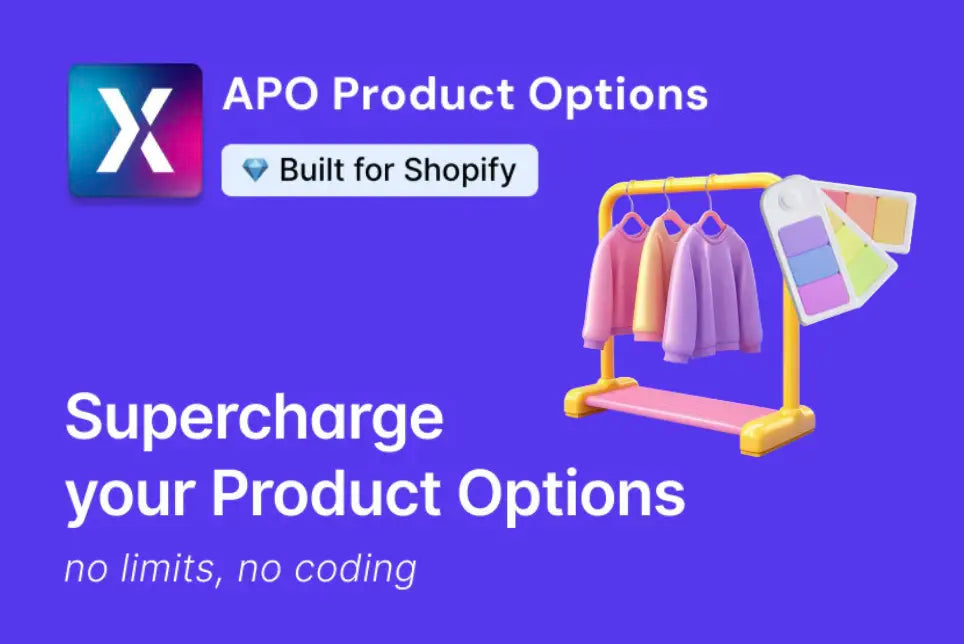
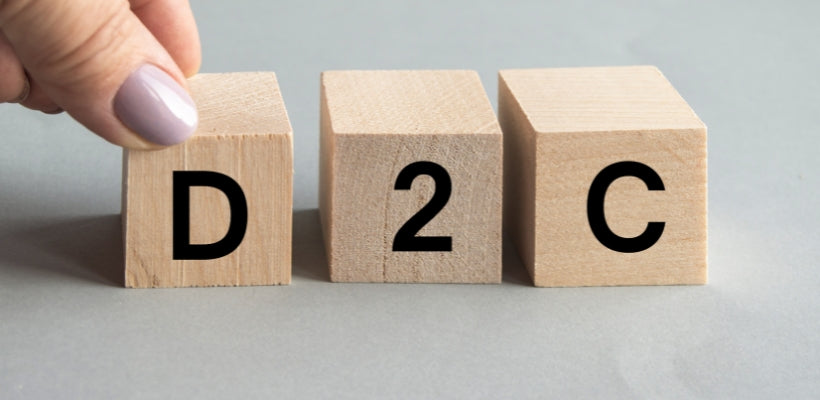

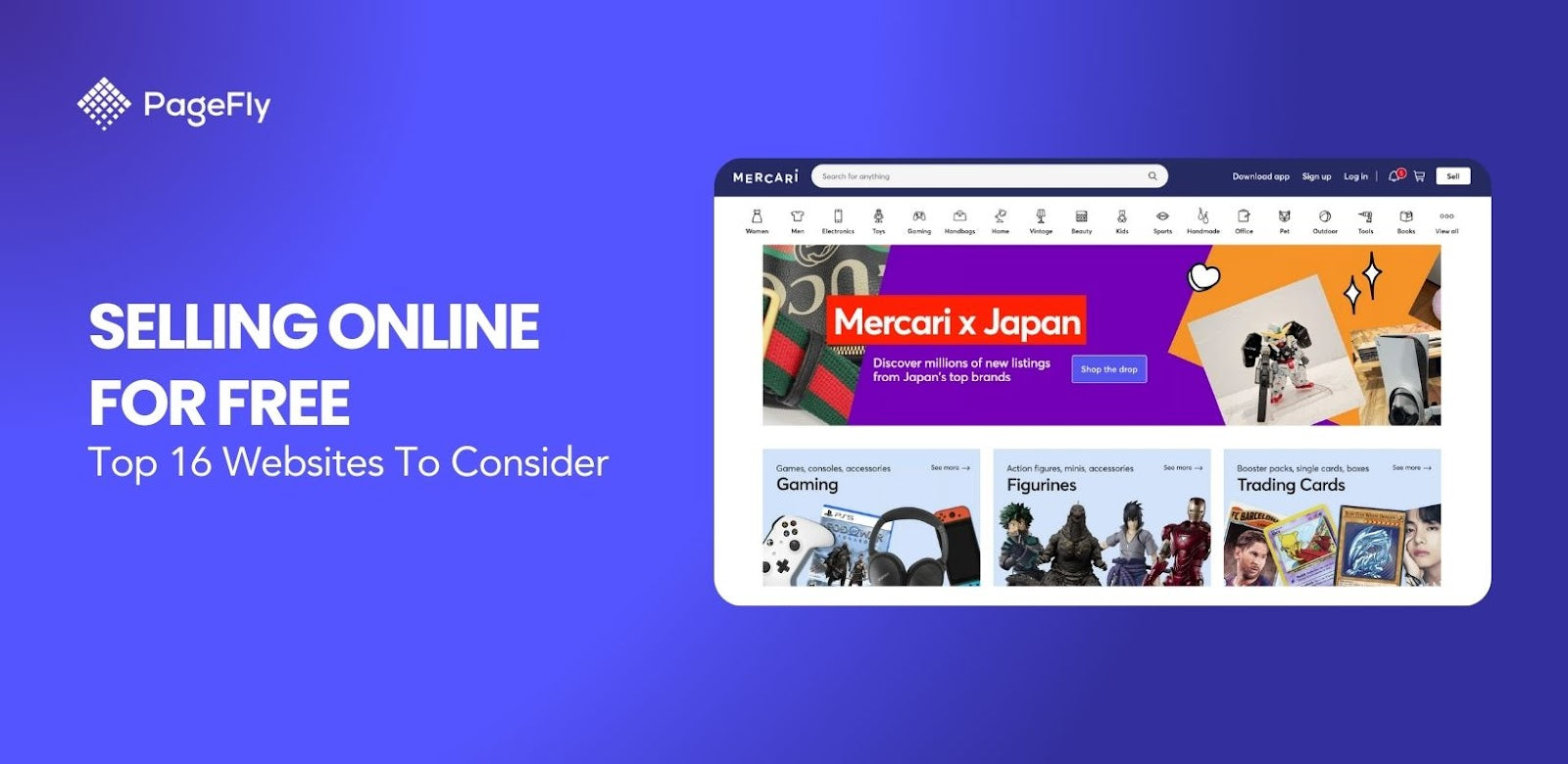

![14 Profitable Small Food Business Ideas for 2025 [Real Numbers]](http://pagefly.io/cdn/shop/articles/1_58b587d2-13db-4aa6-8c19-e40f5c88d3eb.jpg?v=1758255771&width=4460)
![Art Business Names: 350+ Ideas + Free Generator [2025 Updated]](http://pagefly.io/cdn/shop/articles/art_business_name_e94a54e9-d325-4ba3-94ab-7b4297952312.png?v=1760062968&width=1640)
